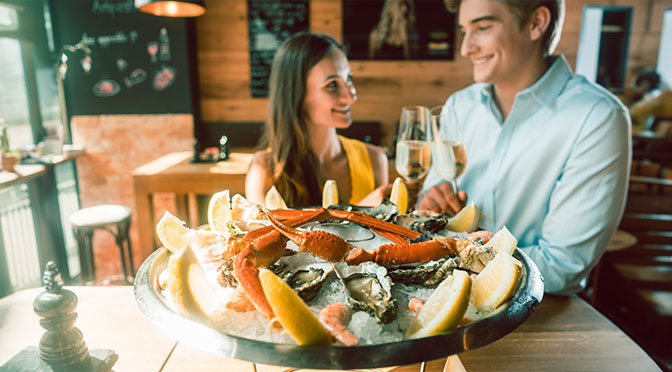For centuries, the notion of aphrodisiacs has fascinated humanity. Something is alluring and mysterious about ingredients that hold the power of passion and arousal. From the ancient Greeks to modern-day cultures, many foods have acquired sensual associations. But is there any scientific basis to the idea of aphrodisiacs? This blog post explores the allure of erotic foods and their potential to inspire and enhance sensuality, particularly within the context of erotic literature.
The history of aphrodisiacs is long and fascinating. Ancient civilizations such as the Greeks and Romans believed in the power of certain foods to enhance desire, fertility, and sensuality. For instance, the Romans adored oysters as a symbol of love and fertility, while the Greeks introduced honey cakes and figs as aphrodisiacs. To this day, these foods are still associated with heightened eroticism and desire.
Many studies have been conducted to explain why certain foods elicit arousal and stimulate the senses. Some ingredients, such as chocolate, contain phenylethylamine and serotonin, which can stimulate the pleasure centers of the brain. Other foods such as chili peppers, coffee, and garlic can create a physical response by raising heart rate, sweating, and circulation. But it’s not just the physiological effects of food that create an aphrodisiac effect. The psychological connection between food and sex is just as significant.
There’s also the role of imagination and sensuality in the appeal of erotic foods. The mere idea of eating something associated with passion and seduction can ignite one’s sexual appetite. Within the context of erotic writing, these foods can become powerful symbols of desire and sensuality. Writers can use food as a tool to add depth and sensuality to their stories.
But what are some of the most iconic erotic foods? Oysters are still considered one of the most potent aphrodisiacs, but there are many others. Chocolate, strawberries, champagne, and even avocado have garnered aphrodisiac status due to their sensual associations. Some writers use these foods to create vivid and erotic scenes, while others use them to add subtle sensuality to their writing.
Of course, it’s important to note that not all foods have the same effect on everyone. Some people may feel more sexually aroused by certain foods than others. Additionally, the effect of aphrodisiacs is often more psychological than physical. The power of suggestion can be incredibly potent in creating an erotic mood. But there’s no denying the enduring popularity of erotic foods and their ability to inspire and enhance sensuality.
Whether it’s the history, science, or pure imagination that fuels the appeal of erotic foods, there’s no denying their lasting power. As writers of erotic literature, we have the opportunity to use these foods as tools to create sensual and evocative scenes. Whether we indulge in oysters, chocolate, or champagne, the potential for heightened desire and arousal is always present. By exploring the allure of aphrodisiacs, we can add depth and sensuality to our writing and evoke the passionate appetites of our readers.

